The 1990s marked a significant shift in the way people approached travel and adventure.
With the rise of globalization and increased accessibility to different parts of the world, backpacking became a popular way for young people to explore new cultures and landscapes.
Contents
This era saw a surge in the number of backpackers, who were drawn to the thrill of embarking on a journey with little more than a backpack and a sense of adventure.
During the 90s, backpacking emerged as a popular way for young travelers to explore the world and experience a sense of freedom and independence.
It became a symbol of adventure and discovery, as backpackers sought to immerse themselves in new cultures and landscapes.
This form of travel allowed individuals to break away from the traditional tourist experience and forge their own path, creating lasting memories and connections along the way.
The 90s were a time of exploration and self-discovery, and backpacking became a defining aspect of this era for many adventurous souls.
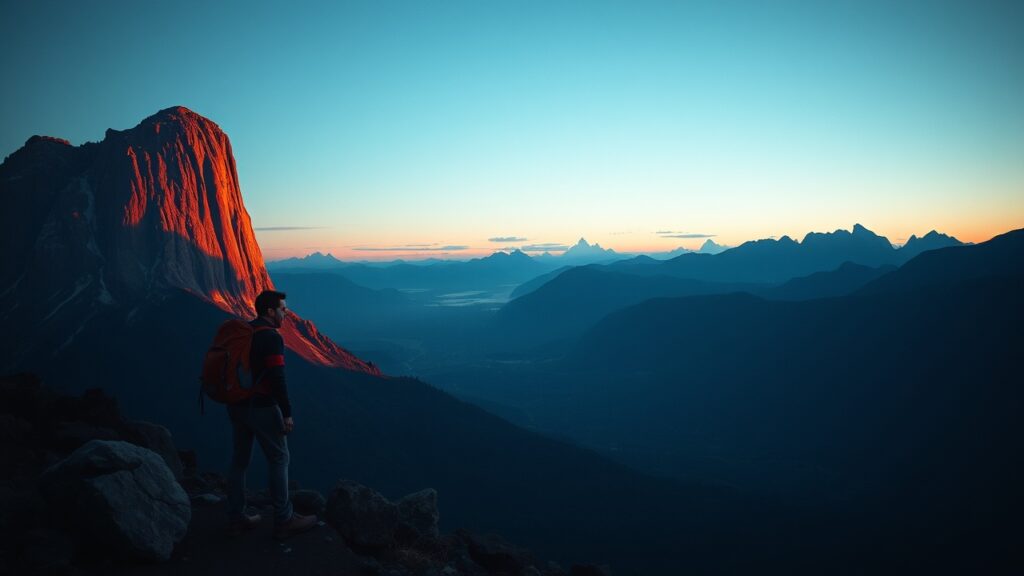
Embracing Adventure: Backpacking in the Pre-Internet Era
Backpacking in the 90s was a truly unique experience, as it was a time before the internet and smartphones had become ubiquitous. This meant that travelers had to rely on physical maps, guidebooks, and word-of-mouth recommendations to navigate their way through unfamiliar territories.
There was a sense of excitement and uncertainty that came with not knowing what to expect at each destination, and this added to the thrill of the adventure.
Without the convenience of instant communication, backpackers had to rely on their instincts and resourcefulness to overcome challenges and make the most of their experiences.
During this era of backpacking, travelers were known for their adventurous and carefree attitude, often setting off on their journeys with little more than a rough plan and a sense of curiosity.
The lack of constant communication and reliance on technology meant that backpackers had to rely on their instincts and the kindness of strangers, leading to a deeper connection with the places they visited.
This sense of spontaneity and openness to new experiences is something that many feel is missing in today’s world, where we are constantly connected and often over-planned in our travels.
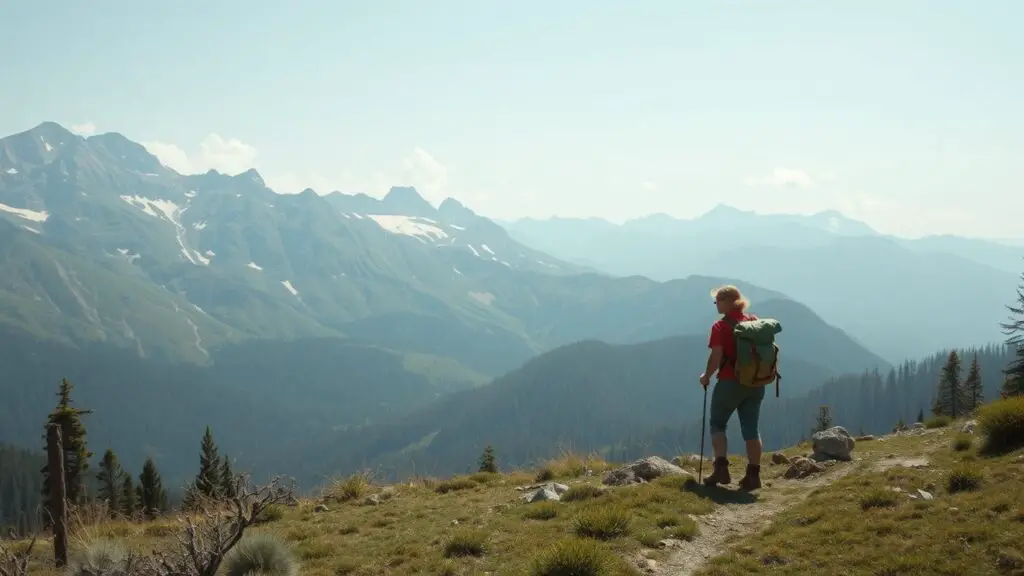
Navigating the World: The Thrill of Backpacking in the 90s
One of the most exhilarating aspects of backpacking in the 90s was the sense of freedom that came with being able to explore the world on one’s own terms.
Travelers were not bound by rigid itineraries or pre-booked accommodations, and this allowed for a greater sense of flexibility and spontaneity.
Backpackers had the freedom to change their plans at a moment’s notice, whether it was to stay longer in a place they loved or to move on to the next destination sooner than expected.
Backpackers were able to take the time to truly connect with the local people, learn about their traditions, and explore off-the-beaten-path destinations.
This sense of freedom also allowed for serendipitous experiences and the flexibility to change plans on a whim, leading to a more spontaneous and adventurous journey.
Without the pressure of a strict itinerary, backpackers could embrace the spontaneity of travel and fully embrace the present moment.
This type of travel experience often led to deeper personal growth and a greater appreciation for the diversity of the world.
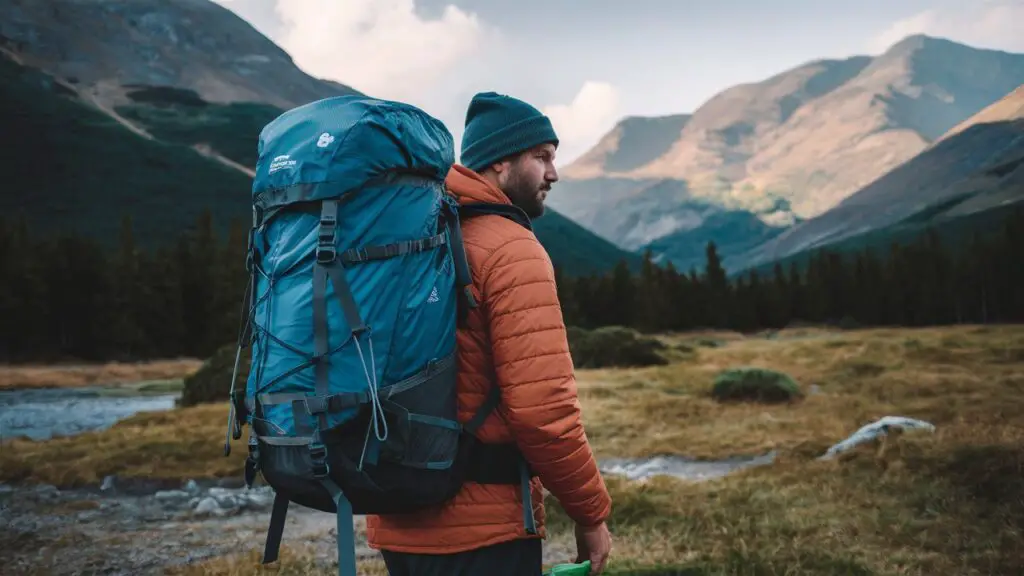
Connecting with Nature: The Essence of Backpacking in the 90s
Backpacking in the 90s was also characterized by a deep connection with nature and the great outdoors.
Many backpackers were drawn to remote and off-the-beaten-path destinations, where they could immerse themselves in the natural beauty of their surroundings.
Whether it was trekking through lush rainforests, camping under the stars in the desert, or hiking along rugged mountain trails, backpackers in the 90s had a profound appreciation for the raw and unspoiled beauty of the natural world.
The connection with nature was a central part of the backpacking experience, as it allowed for a sense of tranquility and escape from the hustle and bustle of everyday life.
Being surrounded by the beauty of the natural world, with its towering trees, glistening lakes, and majestic mountains, provided a much-needed respite from the stresses of modern living.
The sights and sounds of nature offered a peaceful and grounding experience, allowing for a deeper connection with the environment and a chance to recharge both physically and mentally.
This immersion in nature was not only rejuvenating but also served as a reminder of the importance of preserving and cherishing the natural world.
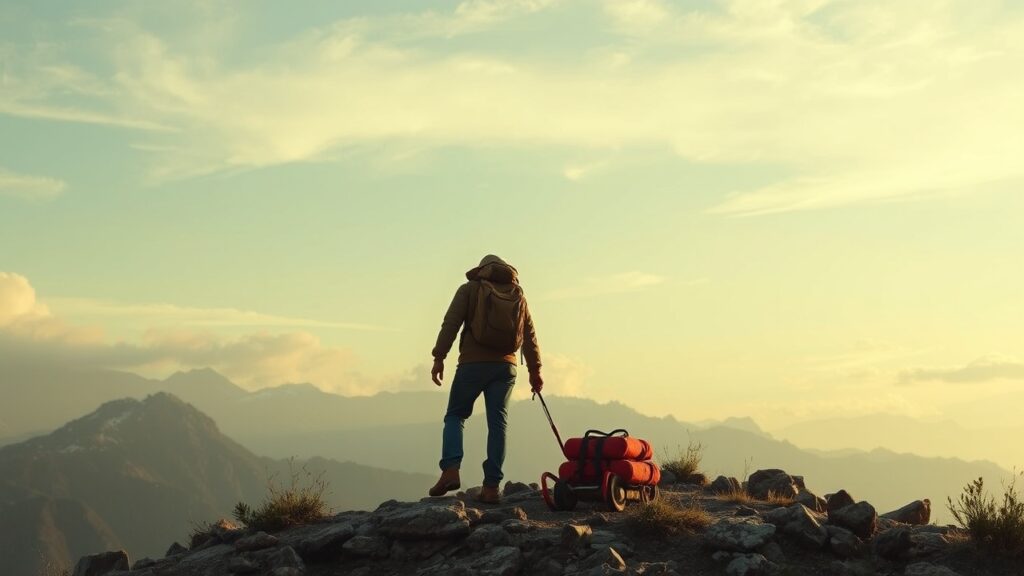
The Art of Packing: Essential Gear for 90s Backpacking Adventures
Packing for a backpacking trip in the 90s required careful consideration and planning, as travelers had to be mindful of weight and space limitations.
Backpackers had to prioritize essential items such as clothing, toiletries, and camping gear, while also being mindful of the need to travel light.
This meant that backpackers had to be resourceful and creative when it came to packing, often opting for multi-purpose items and compact gear that could easily fit into their backpacks.
Additionally, without the convenience of online shopping, backpackers had to carefully research and invest in high-quality gear that would withstand the rigors of long-term travel.
In the 90s, backpacking was all about being self-sufficient and prepared for any situation that might arise during the journey.
This meant paying close attention to detail when it came to packing, ensuring that everything from clothing to camping gear was carefully selected and organized.
Being well-prepared allowed travelers to feel confident and ready for whatever adventures awaited them, whether it was navigating through unfamiliar terrain or unexpected weather conditions.
This meticulous approach to packing was a crucial aspect of the backpacking experience in the 90s, contributing to the sense of freedom and independence that came with exploring the world with just a backpack on your shoulders.
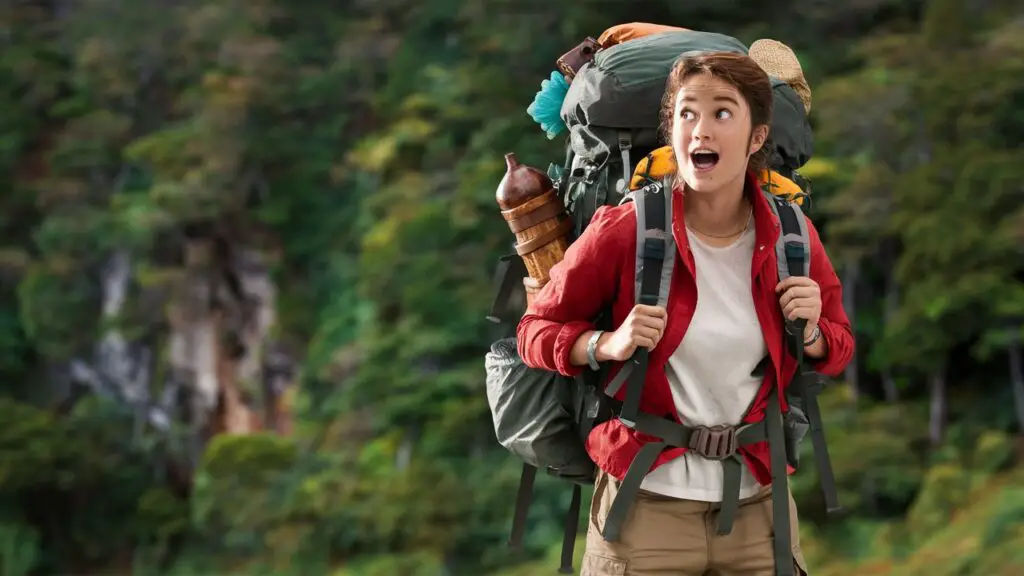
Finding Community: The Social Aspect of Backpacking in the 90s
Without the ability to stay constantly connected through social media or messaging apps, backpackers relied on face-to-face interactions and shared experiences to form meaningful connections with fellow travelers.
Hostels, guesthouses, and campgrounds were popular gathering places for backpackers, where they could swap stories, share tips, and form friendships with people from all over the world.
This sense of community created a supportive and inclusive environment for travelers, where they could find companionship and support during their adventures.
Backpacking in the 90s was not just about exploring new places and experiencing different cultures, but also about the connections made with fellow travelers along the way.
The social aspect of backpacking allowed people to form deep and lasting friendships, sharing unique experiences and creating memories that would be cherished for a lifetime.
Whether it was bonding over shared adventures, late-night conversations in hostels, or simply enjoying a meal together, the connections made while backpacking in the 90s were an essential part of the overall experience.
aaaThese friendships and memories would often continue long after the backpacking trip had ended, serving as a reminder of the incredible connections made during those formative years.
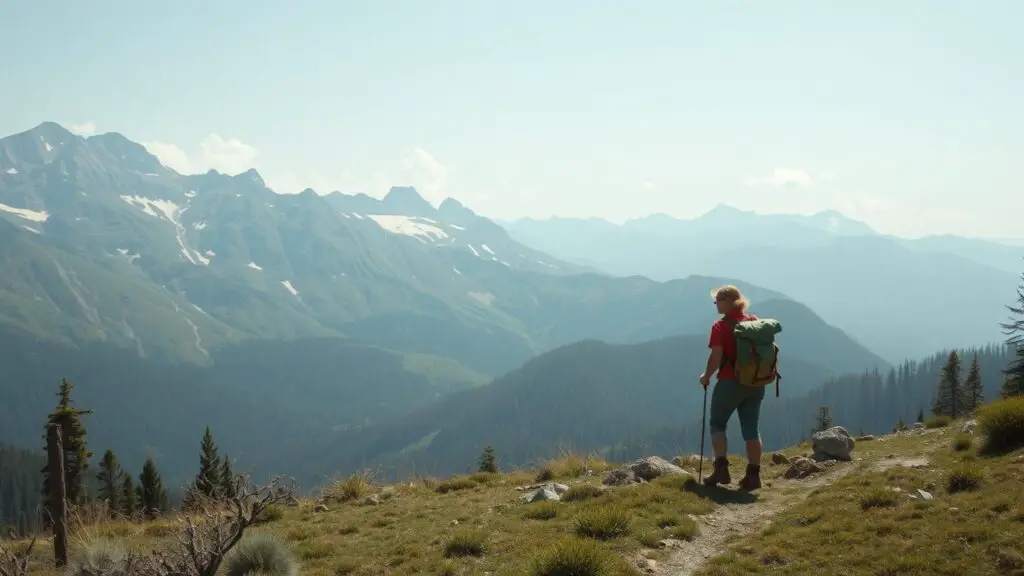
Reflecting on the Past: How Backpacking in the 90s Contrasts with Today’s Travel Culture
Looking back on the era of backpacking in the 90s, it is clear that there are many ways in which it contrasts with today’s travel culture.
The rise of technology and social media has transformed the way people approach travel, with many travelers now relying on online reviews, booking platforms, and digital maps to plan their trips.
While these advancements have undoubtedly made travel more convenient and accessible, they have also changed the nature of the travel experience itself.
The sense of spontaneity and adventure that was so prevalent in 90s backpacking has been somewhat diminished by the need for constant connectivity and instant gratification.
Additionally, the rise of mass tourism and overtourism has led to overcrowding at many popular destinations, making it more challenging for travelers to find authentic and off-the-beaten-path experiences.
In conclusion, backpacking in the 90s was a truly unique and exhilarating experience that offered a sense of freedom, adventure, and connection with nature that is often missing from today’s travel culture.
The pre-internet era allowed for a greater sense of spontaneity and flexibility, as well as a deeper connection with fellow travelers and the natural world.
While modern advancements have undoubtedly made travel more convenient and accessible, there is something to be said for the raw and unfiltered experiences that were characteristic of backpacking in the 90s.
As we look back on this era with nostalgia and appreciation, it is important to remember the essence of what made it so special and to carry forward those values into our future travels.
The sense of adventure, the openness to new experiences, and the appreciation for different cultures are all important aspects of travel that we should continue to embrace.
By carrying forward these values, we can ensure that our future travels are just as enriching and memorable as those from the past.

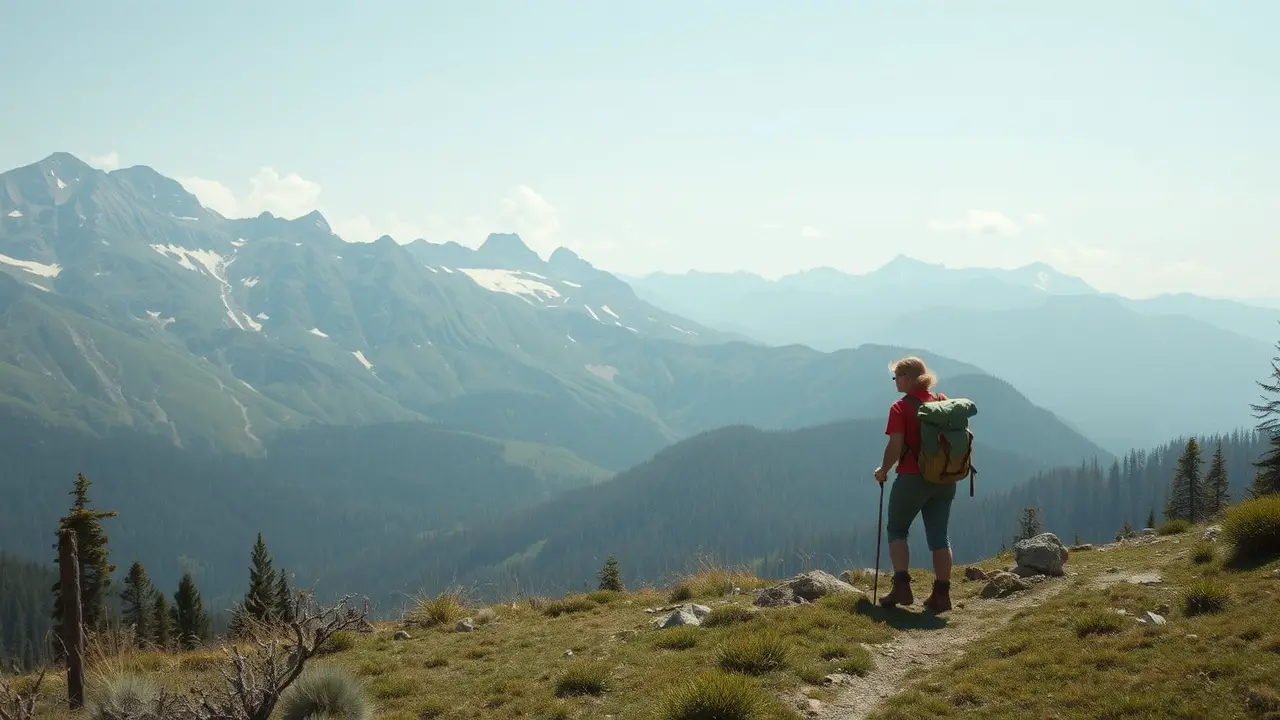

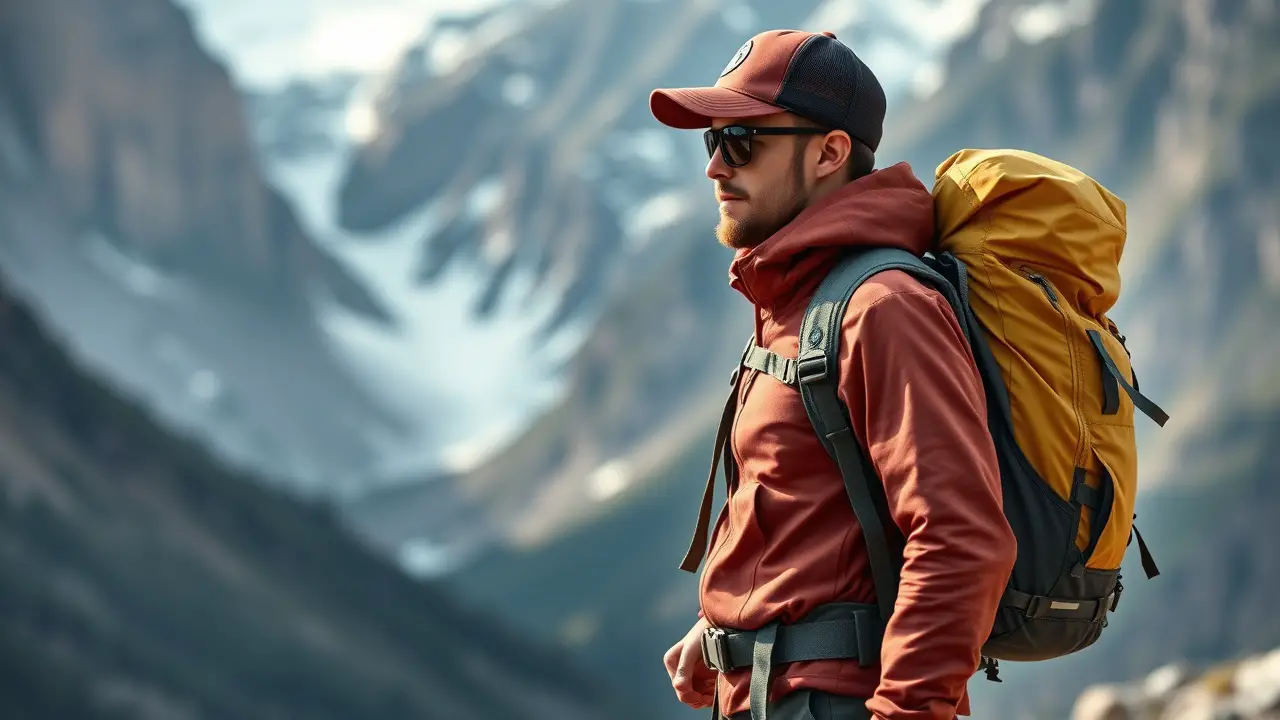
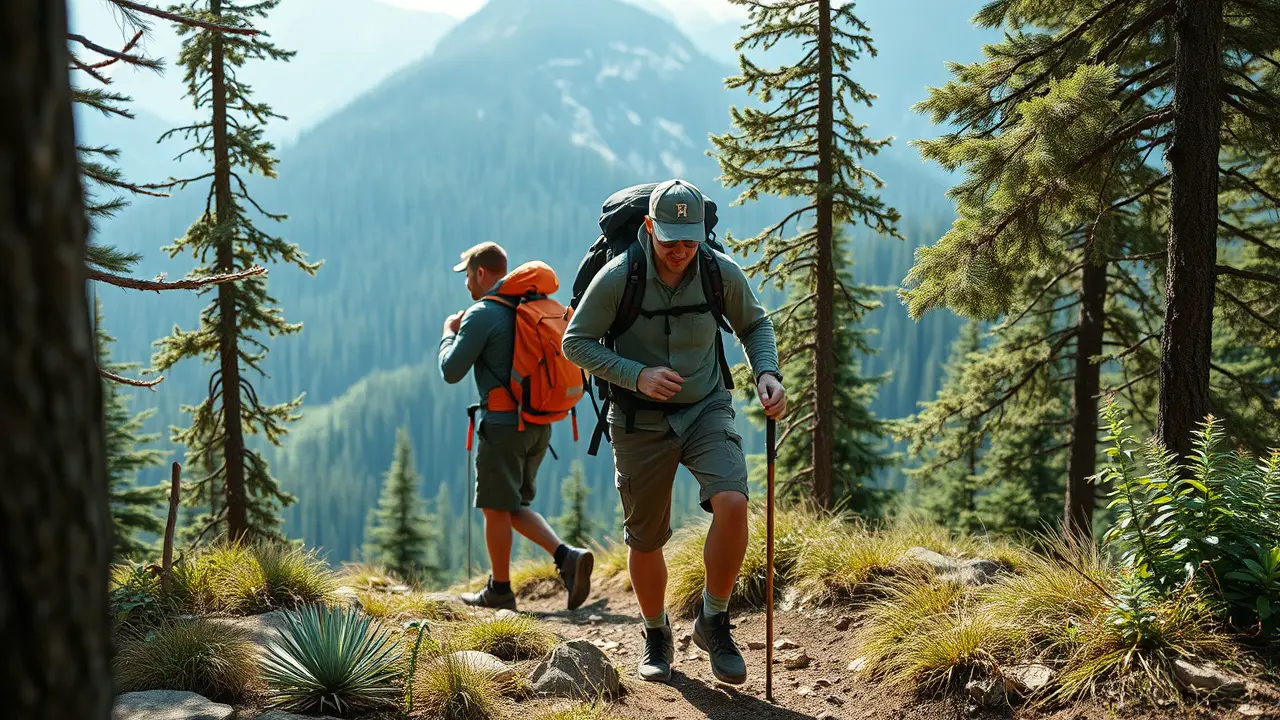
Leave a Reply